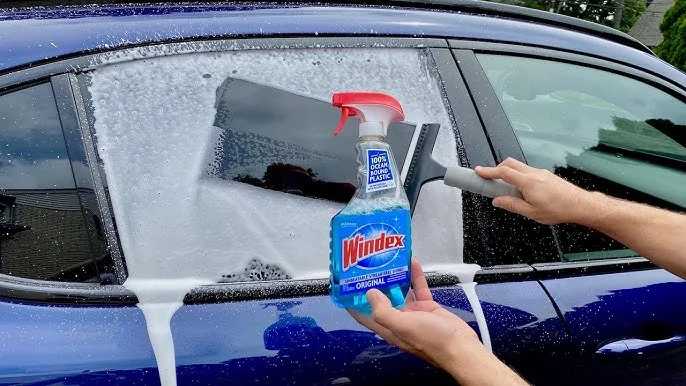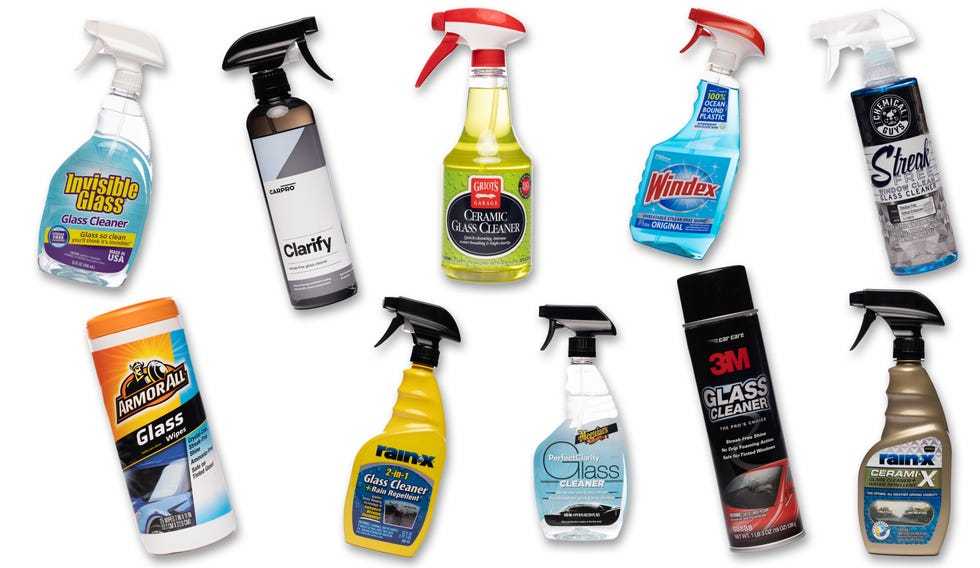Absolutely, you can polish automotive glass to improve its clarity and appearance. Polishing can remove minor scratches and haze, restoring a clearer view. However, it’s important to know when and how to do it properly to avoid damaging the glass.
In short, yes, you can polish automotive glass, but it’s best suited for small scratches and cloudiness rather than deep cracks. Proper polishing techniques and products can refresh your windshield or windows, making driving safer and more enjoyable. That said, not all damage can be fixed with polishing—more serious issues will require professional repair or replacement. If you’re wondering whether polishing is the right choice for your vehicle’s glass, understanding the process and limitations is key to achieving good results without risking further damage.
Can You Polish Automotive Glass? Everything You Need to Know
Many vehicle owners wonder if they can restore their scratched or dull automotive glass through polishing. Knowing whether polishing will help depends on several factors. This section will explore the possibilities and limitations of polishing automotive glass.
Understanding Automotive Glass
Automotive glass is made mainly of tempered or laminated glass designed to withstand impacts. Unlike other car surfaces, glass is hard and resistant to scratches but can still get damaged over time. Scratches, cloudiness, and minor abrasions are common issues that may prompt owners to consider polishing.
Types of Damage Suitable for Polishing
Polishing is effective mainly on light surface scratches or minor cloudiness. Deep gouges or cracks usually require replacement rather than polishing. Below are some typical issues that can often be improved through polishing:
- Light scratches caused by debris or improper cleaning
- Minor haziness from dirt buildup or mineral deposits
- Cloudiness due to oxidation or aging
On the other hand, more severe damage, such as chips or large cracks, cannot be repaired by polishing and may require professional glass replacement.
Can You Polish Automotive Glass at Home?
Yes, small scratches and light cloudiness can often be polished at home with proper tools and patience. However, it’s vital to understand the limitations of DIY approaches to avoid further damage. Investing in the right supplies is crucial for a safe and effective process.
Tools and Materials for DIY Polishing
If you decide to polish your vehicle’s glass yourself, gather these tools:
- Glass polishing compound: specially designed for automotive glass
- Polishing pads or cloths: soft and non-abrasive
- Electric buffer or drill with a polishing attachment
- Tape: to mark off areas and protect surrounding paint or trim
- Clean water and microfiber cloths: for cleaning and wiping
Ensure all tools are clean and suitable for glass polishing to prevent additional scratches or damage.
Step-by-Step Guide to Polishing Automotive Glass
Preparation
Start by thoroughly cleaning the glass to remove dust, dirt, and debris. Use a gentle glass cleaner and a microfiber cloth to achieve a clean surface. Protect the areas around the glass with tape, especially if you are using an electric buffer.
Applying the Polishing Compound
Apply a small amount of polishing compound to the pad or cloth. Use gentle, circular motions to spread the compound evenly over the scratched or cloudy area. Do not press too hard; let the tool do the work.
Polishing Process
Work the compound into the glass using slow, circular movements. Keep the buffer moving constantly to avoid creating new scratches. Continue until the scratches appear less visible or the cloudiness diminishes.
Cleaning and Inspection
Once finished, wipe the area with a clean microfiber cloth and clean water. Inspect the surface closely to see if further polishing is needed. Repeat the process if scratches or cloudiness persist.
Potential Risks of DIY Polishing
While DIY polishing can save money, it has risks. Over-polishing or using incorrect materials can cause more scratches or damage. Excessive force or rough materials may weaken the glass surface, leading to crack formation.
Moreover, improper use of polishing tools may leave swirl marks or uneven surfaces, which can impair visibility and safety.
Professional Automotive Glass Polishing
For deep scratches or extensive cloudiness, professional polishing may be the better choice. Experts use specialized equipment and high-quality compounds to restore automotive glass effectively. They also assess whether polishing will work or if the damage requires replacement.
Benefits of Professional Polishing
- Better results for severe damage
- Controlled application of polishing agents
- Reduced risk of additional damage
- Knowledge of proper techniques and safety measures
Cost Considerations
Professional polishing typically costs more than DIY methods but offers a higher likelihood of restoring clarity. The price varies depending on damage severity and location.
Limitations of Polishing Automotive Glass
Although polishing can fix minor issues, it does not work for all damages. Deep scratches and cracks usually require replacement to ensure safety and structural integrity. Additionally, repeated polishing can weaken the glass if not done correctly.
Preventing Damage to Automotive Glass
Prevention is always better than repair. Regular cleaning with appropriate products, avoiding abrasive materials, and parking in shaded or sheltered areas can help keep your glass in good condition. Using protective films or coatings can also reduce scratches and extend the lifespan of the glass.
Related Topics
Beyond polishing, you might consider other ways to improve your automotive glass appearance:
- Applying a protective glass coating to prevent scratches and mineral build-up
- Replacing damaged glass when damage exceeds repair limits
- Maintaining proper cleaning techniques to avoid scratching
Understanding the capabilities and limitations of automotive glass polishing helps you make informed decisions. Whether performing a DIY fix or seeking professional help, always prioritize safety and long-term vehicle health.
HOW TO POLISH AND CERAMIC COAT CAR GLASS !!
Frequently Asked Questions
Is it possible to remove scratches from automotive glass through polishing?
While polishing can significantly improve the appearance of minor scratches on automotive glass, it may not completely eliminate deep or severe scratches. For superficial scratches, a professional polishing process can smooth out the glass surface, making scratches less visible. However, for deeper damage, replacing the glass might be the more effective solution to ensure safety and clarity.
What types of damage can be repaired by polishing automotive glass?
Polishing is most effective for surface-level issues such as light scratches, water spots, and haze caused by dirt or mineral deposits. It can also help in restoring clarity to foggy or cloudy glass. However, it cannot repair cracks, chips, or structural damage, which require different repair methods or replacement to maintain safety and integrity.
How safe is it to polish automotive glass at home versus professional services?
Performing polishing at home can be safe if you use the correct materials and follow proper procedures for minor blemishes. However, professional services have specialized equipment and experience that can better address more complex issues without risking further damage. When in doubt, consulting a professional ensures the job is done correctly and safely.
What equipment and materials are necessary for polishing automotive glass?
Polishing automotive glass typically requires a glass polishing compound, a polishing pad or wheel, and a buffer or drill with a soft attachment. It is also helpful to have a clean cloth, masking tape to protect surrounding areas, and safety gear like gloves and eye protection. Using the right products and tools ensures effective polishing without damaging the glass surface.
How long does the polishing process usually take for automotive glass?
The duration of polishing depends on the extent of the damage and the method used. Minor surface imperfections can often be addressed within 30 minutes to an hour, while more extensive polishing might take longer. Proper preparation and careful work help achieve the best results efficiently.
Final Thoughts
Polishing automotive glass can improve clarity and appearance, but it requires proper techniques and materials. Using the right polishing compounds and tools ensures the job is effective and safe. Always follow safety guidelines to prevent damage or injury.
In conclusion, can you polish automotive glass? Yes, you can, but it’s essential to use appropriate methods to avoid scratches or cracks. Proper polishing restores the glass’s transparency and ensures safe driving conditions.



